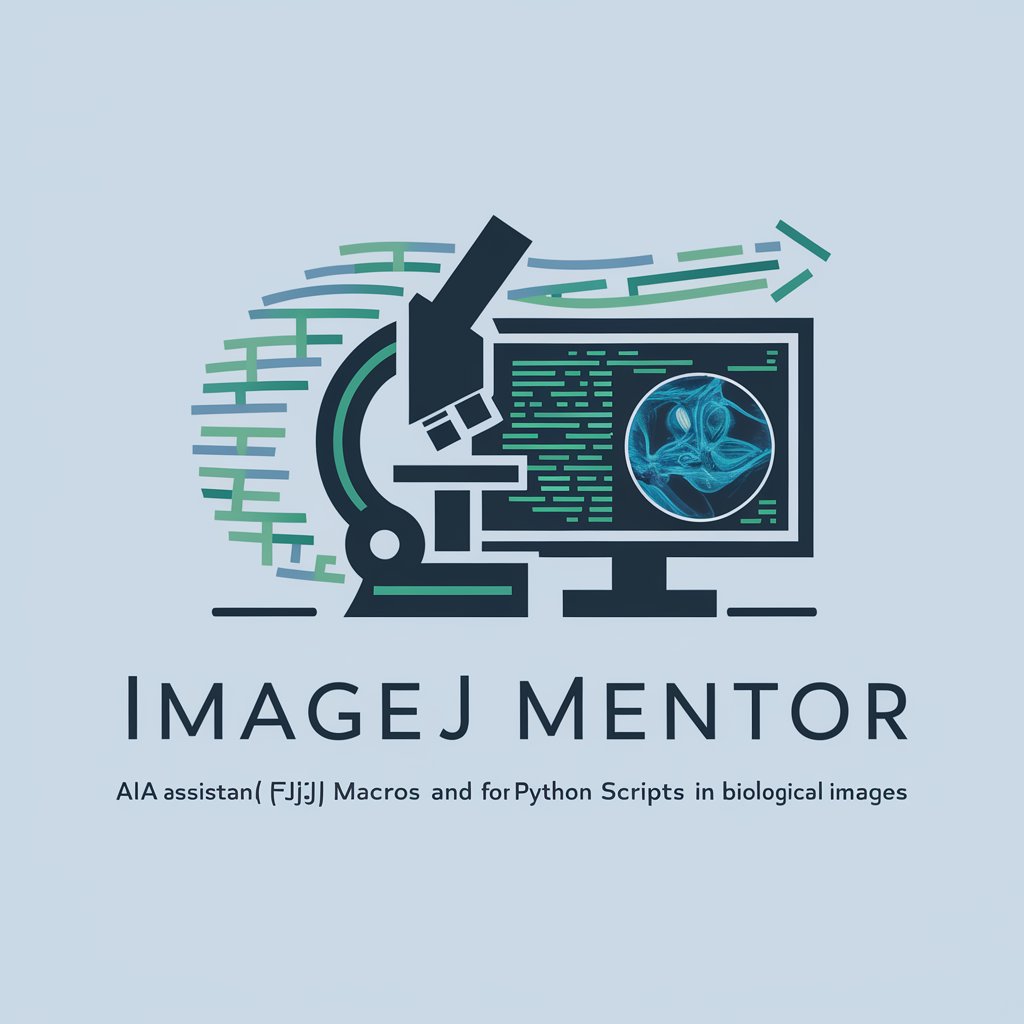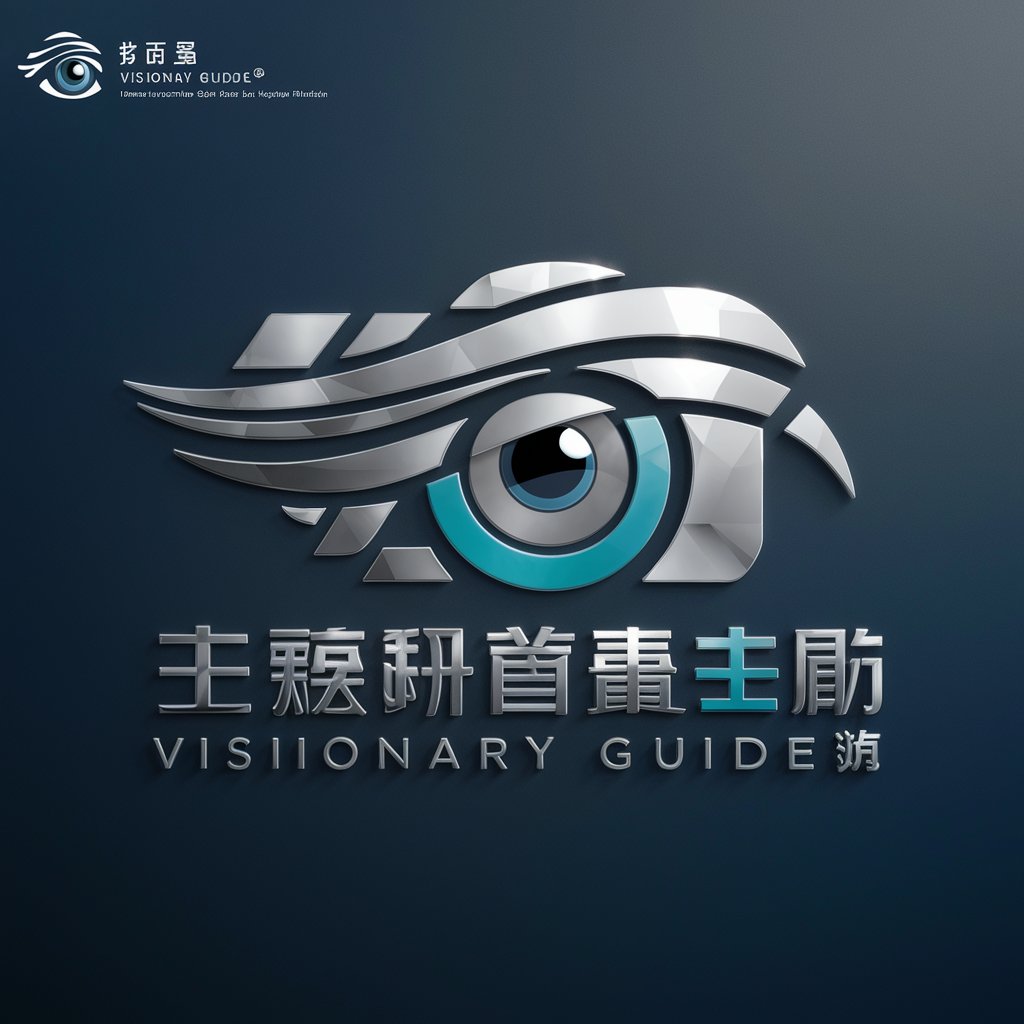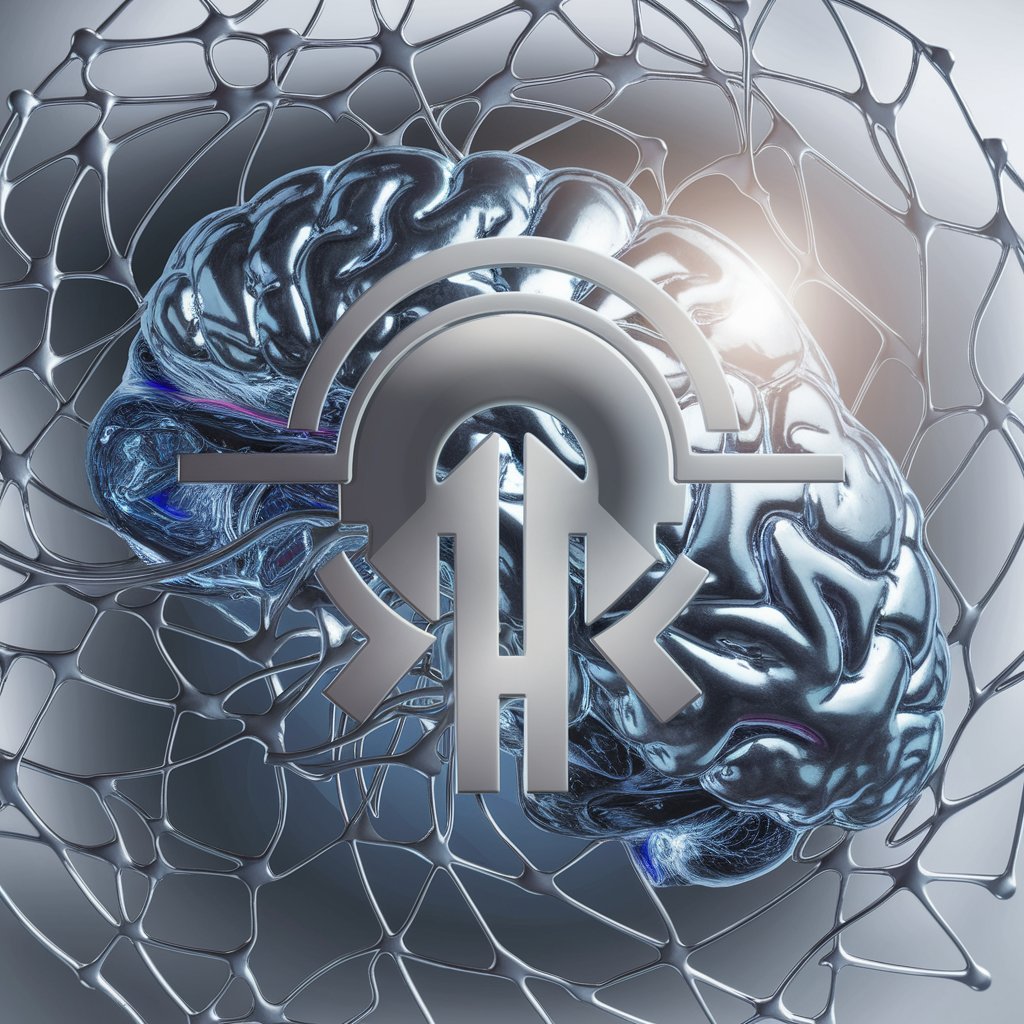7 GPTs for Image Segmentation Powered by AI for Free of 2025
AI GPTs for Image Segmentation are advanced tools powered by Generative Pre-trained Transformers (GPTs) designed to perform and enhance tasks within the image segmentation domain. These tools leverage the capabilities of GPTs to analyze, understand, and manipulate images by segmenting them into multiple parts or classes, based on the content. This technology is pivotal in fields where understanding the context and details within images is crucial, offering tailored solutions that automate and refine the segmentation process.
Top 7 GPTs for Image Segmentation are: Bio-image Analysis GPT,ImageJ Mentor,Image Segmentation Assistant,YOLOv8 Expert,Semantic Scene Explorer,Visionary Guide中文支持,OpenCV Medical Visionary
Bio-image Analysis GPT
Empowering your microscopy with AI

ImageJ Mentor
AI-powered image analysis mentorship

Image Segmentation Assistant
Enhancing Image Segmentation with AI

YOLOv8 Expert
Empowering AI-driven object detection

Semantic Scene Explorer
Uncover Insights with AI-Powered Analysis

Visionary Guide中文支持
Empowering vision with AI guidance.

OpenCV Medical Visionary
AI-powered medical imaging innovation

Key Capabilities and Features
These AI GPTs for Image Segmentation boast a range of unique features, including adaptability to both simple and complex segmentation tasks. They can process images in real-time, support various image formats, and offer precision in segmenting images into distinct categories. Special features include the ability to learn from feedback, support for multi-language processing, and integration capabilities with web and data analysis tools. Their flexibility allows for custom model training to meet specific segmentation needs, making them versatile tools in the AI toolkit.
Who Benefits from Image Segmentation GPTs?
The primary beneficiaries of AI GPTs for Image Segmentation include novices interested in exploring AI capabilities, developers looking to integrate advanced segmentation in their applications, and professionals in fields such as healthcare, automotive, and remote sensing. These tools are accessible to users without programming backgrounds through user-friendly interfaces, while also offering extensive customization options for users with coding skills, making them suitable for a wide range of users.
Try Our other AI GPTs tools for Free
Fluorescence Quantification
Discover the power of AI GPT tools for Fluorescence Quantification, designed to enhance accuracy, efficiency, and adaptability in scientific research.
Biological Imaging
Discover how AI GPTs for Biological Imaging are transforming research and diagnostics with advanced analysis and interpretation of biological images.
Santa Interaction
Discover how AI GPTs for Santa Interaction can enhance your holiday season with magical conversations, personalized stories, and engaging content about Santa Claus.
Documentation Management
Discover how AI GPTs revolutionize Documentation Management with intelligent automation, enhancing productivity and accuracy for diverse documentation tasks. Tailored for professionals and novices alike.
Self-Hosting
Explore how AI GPTs for Self-Hosting revolutionize server management, offering automated solutions for security, configuration, and optimization in self-hosted environments.
Training Reinforcement
Discover how AI GPTs for Training Reinforcement transform learning and training with personalized, interactive experiences, adaptable to a wide range of needs and sectors.
Expanding Horizons with GPTs
AI GPTs for Image Segmentation are at the forefront of technological advancements, offering solutions that are not only innovative but also highly customizable. Their integration into various sectors showcases their versatility, making them invaluable tools for enhancing operational efficiency, improving decision-making processes, and opening new avenues for research and development. The user-friendly interfaces and potential for system integration further underline their significance as adaptable solutions in the digital age.
Frequently Asked Questions
What exactly is AI GPT for Image Segmentation?
AI GPT for Image Segmentation refers to the application of Generative Pre-trained Transformers to the task of dividing digital images into multiple segments or classes, based on the image content.
How does this technology differ from traditional image segmentation tools?
Unlike traditional tools, AI GPTs for Image Segmentation leverage deep learning and natural language processing to understand and process images more accurately, offering improved segmentation quality and adaptability to a variety of tasks.
Can non-technical users operate these tools effectively?
Yes, these tools are designed with user-friendly interfaces that enable non-technical users to perform complex image segmentation tasks without needing to understand the underlying technology.
Are there customization options for developers?
Absolutely. Developers can access APIs and SDKs to customize models, integrate them into existing systems, and enhance functionality according to their project requirements.
What sectors can benefit the most from these tools?
Sectors such as healthcare for medical imaging, automotive for driver assistance systems, and geographic information systems (GIS) for land use and land cover analysis can greatly benefit from these advanced segmentation capabilities.
Do these tools support real-time image processing?
Yes, many AI GPTs for Image Segmentation are designed to process and segment images in real-time, supporting applications that require immediate analysis and response.
How do these tools learn and improve over time?
These tools utilize machine learning algorithms that allow them to learn from new data, user feedback, and corrections, continuously improving their accuracy and efficiency in segmenting images.
Can these GPTs handle multiple image formats?
Yes, they are typically designed to support a wide range of image formats, including JPG, PNG, and TIFF, among others, providing versatility in processing and segmentation tasks.